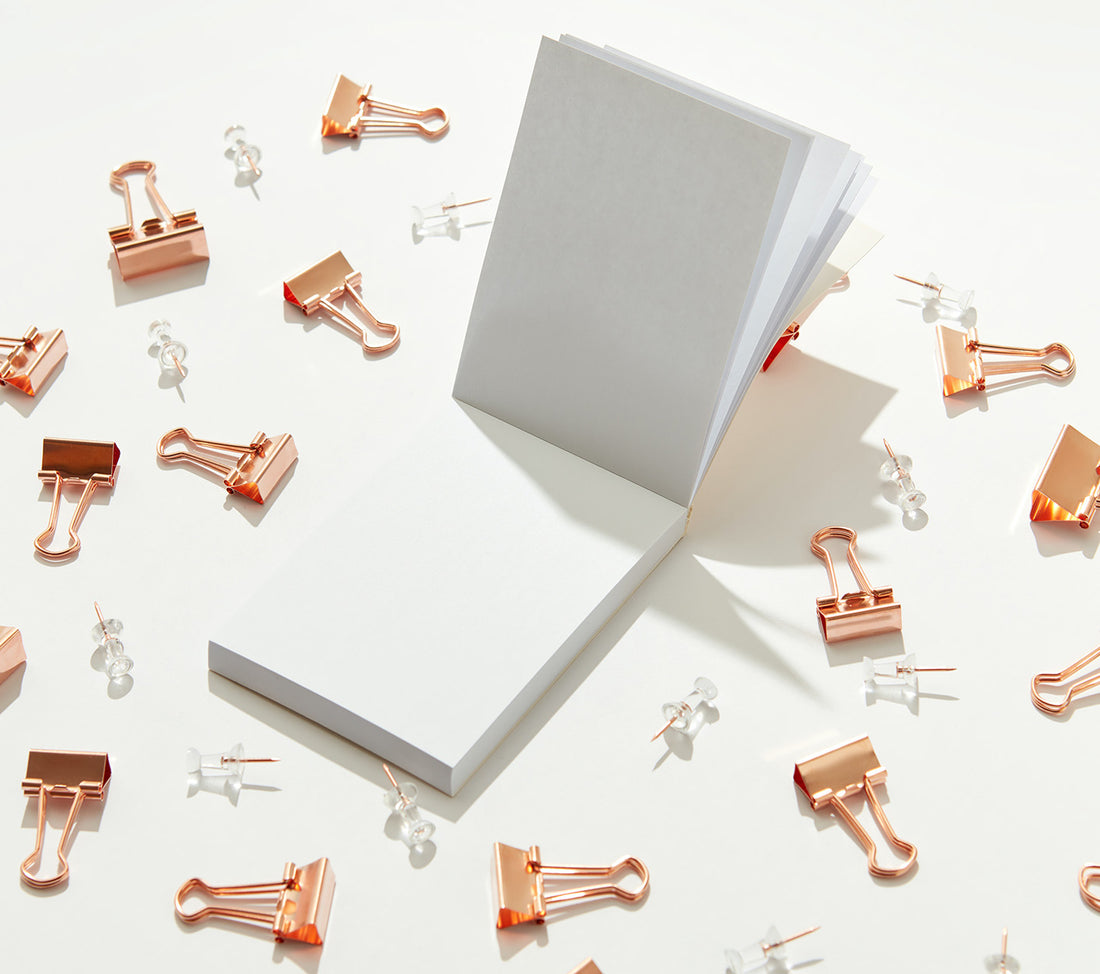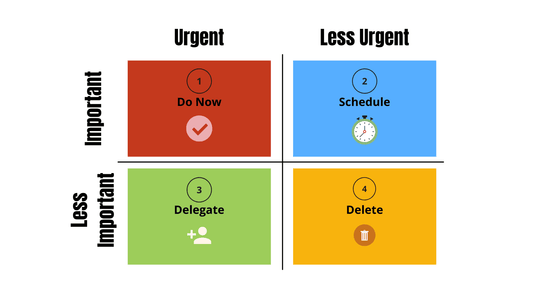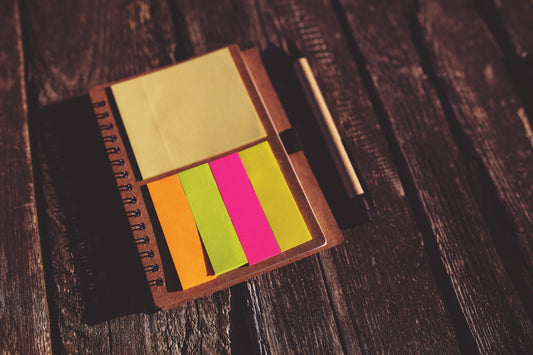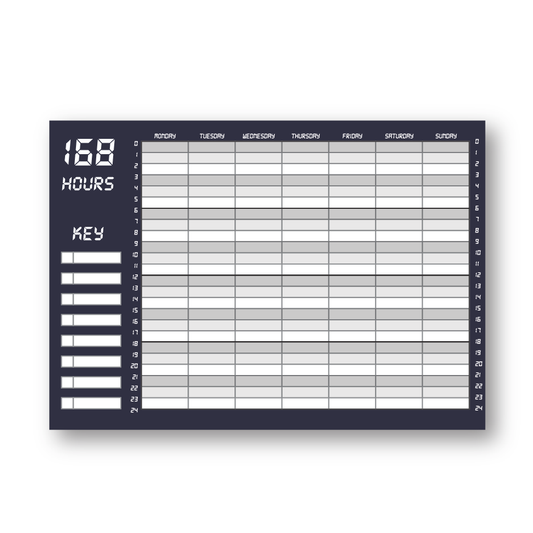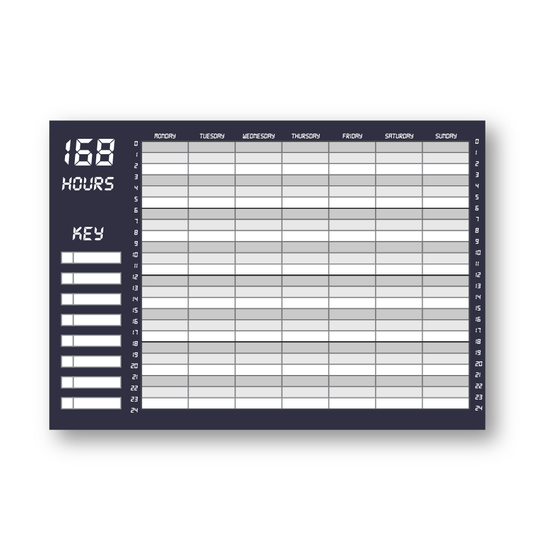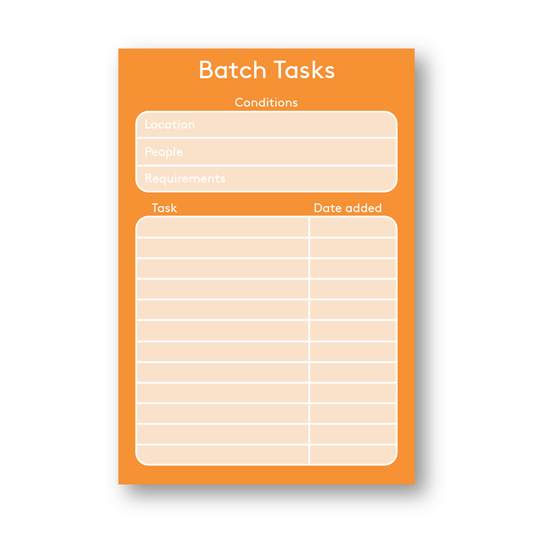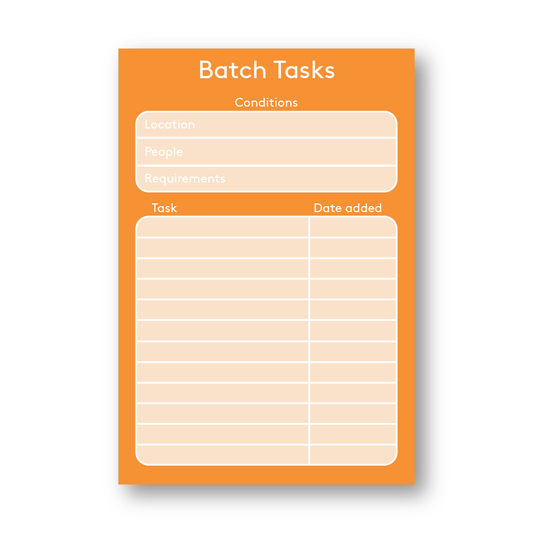The ship of Theseus is a classic thought experiment in Philosophy. If you're not familiar with it, no prior knowledge of Classics is required. The gist of the problem is that the hero Theseus has returned from a great battle in his ship. The ship is kept in a harbour as a museum piece. Over time the wood in the ship starts to rot. To keep the ship floating, the pieces are replaced as and when needed by replica pieces made from fresh wood. After several years not a single original wooden piece remains, however there is still a ship floating in the harbour. Is it the same ship?
Leaving aside the metaphysics of the story, I'm going to attempt to draw some parallels with stationery (bear with me). The ship's function was to float, and in order to retain that function, pieces needed to be replaced when they no longer contributed to the overall goal. The notepad in your bag is half-full. There are pages you made notes on a few years ago that longer serve a purpose. The pages themselves are also useless as you can't fit anything else on them. On the other hand, there are pages with important phone numbers interleaved between them, and pages that are blank that you will need later on. Eventually your notebook will fill up. Your ship has sunk and now you're going to have to build a new one from scratch. Wouldn't it be great if you could remove the useless pages and replace them with fresh new ones?
One advantage of note-taking on the mobile phone is that you only need to carry one of them around to have access to everything you've ever written. Whilst your battery might run down faster than than it used to, it's pretty impossible to 'use up' your phone writing notes on it in the same way you might use up a notebook. As the ever-expanding bookshelf in my living room can attest to, notebooks can get used up pretty quickly.
We've mentioned the use of having a catch-all notebook in our previous article 'the Scatterbrain journal' however not all notes are created equally. Maybe there are some really important pieces of information that need to be with you at all times, but other pages will be used for a day at most and then be discarded. The ability to remove certain pages but not others can be very useful. Of course you can transcribe important phone numbers into each new notebook you buy, however a notebook used simultaneously for projects and a daily diary can result in partial obsolescence.
This is a key issue I've come across whenever I've tried the bullet journal method. I don't want to carry around multiple notebooks, however once you've used up all your pages for 'today's plans' you then have to replace the book. What happens to all your 'long term planning' pages then? You could always rip the no longer needed pages out, however putting new pages back in is a different story. The beauty of using notepads is that you don't have to use them all up at the same rate. Your daily notepad sheets can go into the bin every evening, whereas your meeting agenda ones might stay pinned up on the notice board for months.
One way around this is the ring-binder system, most commonly practised by Filofax in their personal organiser systems.
For the uninitiated, Filofax is a stationery brand that manufactures a ringbinder system and various styles of sheet to go into it. The beauty of the Filofax system is that once you no longer need the pages in your binder, you can clip them out and put them somewhere for safe keeping.
I can remember being indoctrinated early on in my childhood with a FunFax, which also with it's own cool stationery came with slim books that you could collect and then rip the pages out of to fit into your binder (when else do people tell you to rip pages out of books?)
The downsides of Filofax is that they're a bit awkward to write in due to the narrow page size, and the ringbinder system makes them quite bulky. You're also limited to their own page designs, which is fine if you like things looking minimal and simple, but they don't tend to offer that much variety. Some people swear by them though.
Another member of the dynamic notebook category is the disc binding system. Invented in 1948 and manufactured by Atoma, this system uses multiple discs with ridged edges to hold together sheets of paper. Paper sheets can be removed and added to the system by punching the paper with a particular shape, and then slotting them in or removing them. It's a bit more fiddly than the filofax system, however by using different sizes of disc and different numbers it allows you to create notepads of almost any size or width.
Disc binding systems have risen in visibility since 2007 when the patent on the system was ruled invalid. Copycat versions were subsequently released by companies such as Staples, which brought the overall price down.
The beauty of the disc binding system is that provided you have the correct style of punch you can mix and match pages to create a notebook personalised to yourself. We've been toying with the idea of creating Ingenious Ink notebooks for a while, however simply creating a ringbound version of the existing notebooks would be quite expensive and not add that much additional value.
One idea we had was to sell a notebook as a disc binding system. As sheets are removed you can peel them off and chuck them out as you would with the current notepads. You'd only need to carry around one notebook as opposed to five different notepads. It'd also be more sturdy in a bag.
The main benefit of this to us would be that we could release more designs. Printing sheets is fairly easy compared to notepads. The idea would be to release a starter notebook with some of our designs in, and then offer add-on sheet packs that you could order when you started to run out. A downside to this would be that the sheets would be a bit useless without the binding system to put them in, which limits the market somewhat, but it might work well as a subscription system.
Have you ever used a disc binding system? How did you find it? Let us know in the comments.
